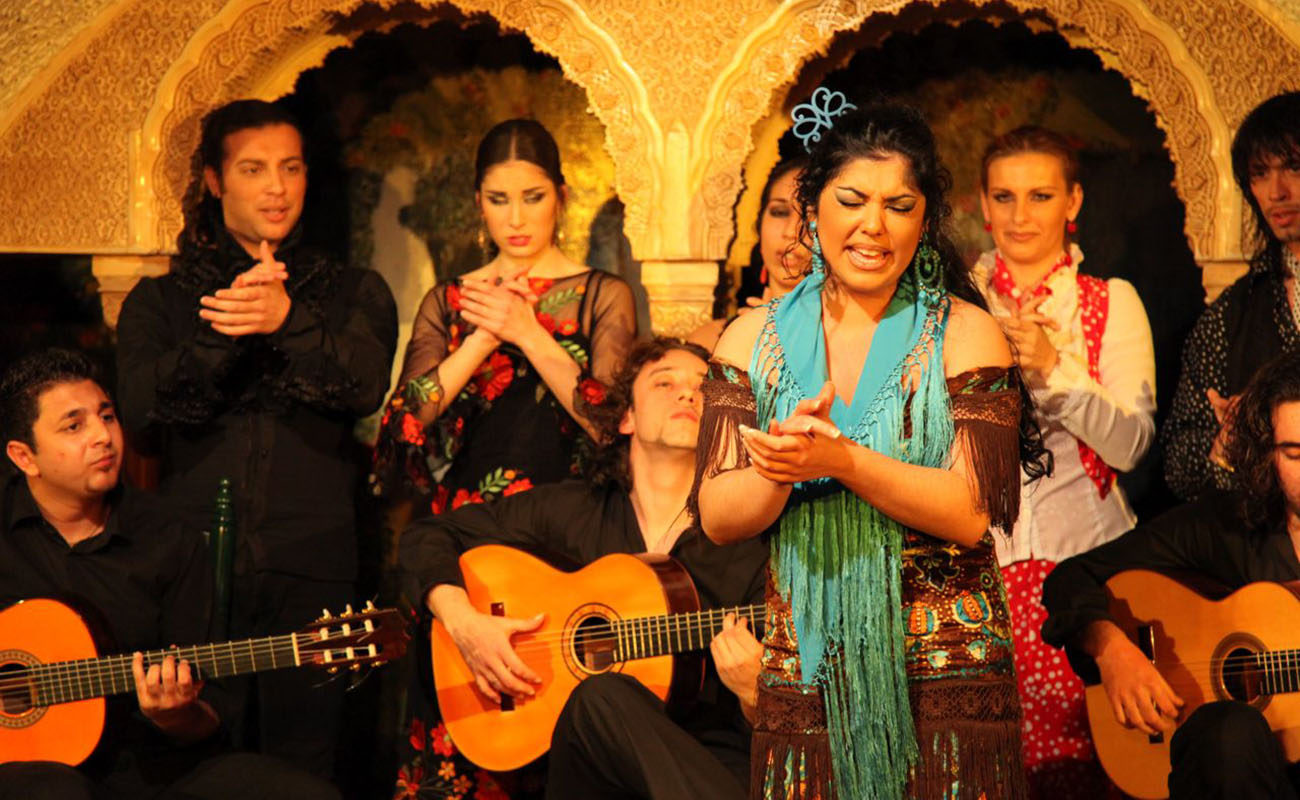The ugly habit of whistling the artists
In flamenco, a complex and hard-to-understand art, it’s easy to fake it, or to "give ojana", which is about the same thing. If the public is not knowledgeable, then it’s a fertile ground for those who get up on the stage just to build up their resumes, something that happens way too often

Flamenco has evolved a lot in the last few decades, and not just the music, that is, cante and guitar. Especially in baile, which in my opinion is leading the evolution among all aspects of flamenco and showing new ways of expression and aesthetics. However, the topic I want to talk about today — writing is talking with the reader — is the evolution of the aficionado (who after all is flamenco’s backbone, supporting it by buying tickets, CDs, videos, books, etc.) when listening or watching flamenco.
These nights I’ve been noticing with astonishment and dislike how people going to the various Septiembre es Flamenco concerts, the Seville cycle, whistle the artists when they finish their performance, or even between cantes, which is worse. It’s not that such thing must be declared a crime, not at all, but whistling after a soleá is a barbarity never seen in cante. With all the flamenco courses offered these days, which are a lot, wouldn’t it be a good idea to offer courses about how to properly enjoy a good flamenco concert? For instance, teaching about the different styles, the palos; teaching about the cantes de compás, the cantes de levante; teaching about the different schools, explaining what is a cante de preparación, or a remate or cabal, or an escobilla or a trémolo. Above all, teaching about how to detect ojana: those tricks meant for an easy applause. In summary, teaching how to watch and listen, which is very important.
A soleá can be moving even if you can’t tell the styles of La Adonda and Frijones apart, but if you can, then the experience is much more rewarding. No one goes to school to learn those things. That is why sometimes we see the public cheering on their feet at the end of a bad performance, or an apathetic public during a good performance of a caña or a serrana, which are not intense styles. Yet, if all of this is important when listening to cante or guitar, or when watching baile, then the attitude while listening and watching is also important. Screaming or whistling is certainly not acceptable, specially whistling as if in a concert of pop singers like Bisbal or Enrique Iglesias. That is something that really annoys the true aficionados, and particularly the artists. Cantaores, when wrestling with a soleá or a malagueña, really appreciate a timely “olé”: it’s like telling the artist that they’re on the right path, that their performance is reaching their hearts. A good cantaor or cantaora will always deliver, or would at least do their best, if they know that their public is knowledgeable and sensitive, and demanding.
In flamenco, a complex and hard-to-understand art, it’s easy to fake it, or to “give ojana”, which is about the same thing. If the public is not knowledgeable, then it’s a fertile ground for those who get up on the stage just to build up their resumes, something that happens way too often. There’s a funny story that fits like a glove to finish this article. The story goes that El Chato de la Isla was in a party in Madrid and some gentlemen told him they wanted to listen to cante. El Chato performed seven or eight palos, but since they seemed inattentive, he said: “I’ve sang all I know, that’s my entire repertoire. Do you like caracoles*?” he asked (caracoles literally meaning “snails”) . “No we don’t like them, but go ahead and have a dish of caracoles for yourself”, they replied. These men obviously weren’t flamenco aficionados, and just wanted partying. A good aficionado would very well know that caracoles is a flamenco palo, from the cantiñas group, popularized by Chacón in Madrid.
Translated by P. Young




